Where do we come from, and where are we heading? In this article, you’ll learn the history & the future of recruitment technology trends, and you’ll see what lies in our near future.
Table of Contents
Going back to 1996
The year we started Lugera – The People Republic.
When we started our recruitment company in Slovakia, the country did not even know a job portal (Profesia.sk began in 1997). When we wanted to buy recruitment software, there was hardly a choice. Only a handful of applications were available, and not a single one of them was interested in selling it to a small recruitment agency somewhere in Eastern Europe.
What was for sale was user-unfriendly, recruitment unfriendly, candidate unfriendly, and client unfriendly. In short, those were monsters of recruitment applications.
In 1996 there were no social media, and recruitment was done with the help of Yellow Pages (if you know what this is, you are probably older than 26?). We had Google, though, and our first placement was one for KPMG in Bratislava with a candidate we found through Google in The Netherlands.
Developments after 1996
Since 1996 a lot has changed.
Job Portals (or Job Boards)
The upswing of job portals was the first massive revolution in the recruitment business. While many people thought job portals would be the end of recruitment agencies, the opposite became a reality. Agencies have become the job portal’s most prominent clients.
Applicant Tracking Systems (ATS)
Next to the rise of job portals, recruitment applications began to immerse. They are known as Applicant Tracking Systems or ATS. The world knows hundreds of them. And we have researched many. The very best are Mindscope, Bullhorn, Talentrover (acquired by Bullhorn), and TalentBase (now being succeeded by the New TalentBase).
Social Media
The next significant development in the world of recruitment was the rise of Social Media with a focus on recruitment. At present, LinkedIn is by far the most popular under recruiters as LinkedIn has made excellent tools for recruiters. The disadvantage of the LinkedIn recruitment tools is the high degree of manual work, the limited communication possibilities, its lack of speed, and the ridiculous price. If LinkedIn does not change, it will soon be passed by smarter, faster, and cheaper recruitment solutions. Facebook is already, especially for certain groups of vacancies, much more accurate, faster, and less expensive than LinkedIn. Other social media have also discovered the lucrative recruitment market, and many are building their recruitment solutions.
Recruitment application Explosion
Today you have access to hundreds of Job Portals, Career Advice & Coaching apps, Job Search Organizers, Crowdsourcing, E-staffing, Candidate communication apps, Social CV & Resume builders, Bots, Referral tools, Job distribution, Job board aggregators, Candidate relationship management, Employer reviews, video interviewing, Matching systems, Resume parsing software, Deployment platforms, ATS staffing companies, ATS corporations, Vendor management systems, Skill assessments, Employer brand management, Social networks, Programmatic advertising, Temporary labor marketplace, Shared talent networks, Recruiter marketplace, Social search, Job post optimization, Behavioral assessments, Reference checks, Background checks, API connectors, Analytics….are you still with me?
If you are interested in an overview of an excellent selection form all available recruitment applications, I suggest you visit www.talenttechlabs.com and consult their ecosystem of staffing applications. The wide variety will probably blow your mind. And be assured, even their overview doesn’t cover 10% of all that is out there in the world.
Ever use all the tools?
Probably not. The majority of all the tools mentioned above serve a specialized niche in the world of recruitment. Most of these applications will not break through to a big audience. The reason for this is that most of them are built by IT people with no or limited knowledge of what recruiters, candidates, and clients want. Further, not many have access to market and developing a beautiful application is one thing, successfully bringing it to market is quite another challenge, and probably a much bigger challenge.
Recruitment Technology Trends
Future Recruitment Tech trends
We have seen the rise of job portals, followed by applicant tracking systems and social media. What is next? The next colossal development is the on-line assessment of candidates through video-interviewing and on-line testing. We are convinced that individual face-to-face interviewing (be it in person or through a video call) will disappear. And the present Corona crisis will speed up this development considerably. Covid-19 will have a significant impact on the recruitment world and how job seekers are interviewed and assessed.
On-line screening and testing will become much more accurate than any human being will be able to do.
The other BIG development (and this is unstoppable) is the rise of parsing and matching technology. The most advanced technology now being introduced to the recruitment market is STAA (a Sales and Talent Acquisition Application). It’s parsing, matching and communication power and accuracy is beyond anybody’s imagination and even much more potent than its founders and developers ever could have imagined.
The third trend is predictive employment and predictive recruitment. We guess that within five years from now we will be able to predict for most people when they would like to change from a job and to what kind of job they would like to change. But that’s not all. We will also be able to predict when a company will most likely have a vacancy for any of their jobs. And because predictive employment and predictive recruitment will know in advance when you would like to change from a job and to which job you would like to move and knows when companies will have a vacancy we can present you your perfect job just in time. We can fulfill vacancies the moment they appear.
Current recruitment Technology Trends
The major trends in recruitment technology we see are the following:
- On-line assessment will replace face-to-face personal interviews,
- Candidate & Vacancy parsing-, matching- and communication technology will replace 50% of the work of recruiters and will increase its accuracy,
- Predictive employment and recruitment will be the next BIG trend, which will shake the recruitment market in its essence.
STAA and the New TalentBase (NTB) are both highly advanced recruitment applications, and they are built for Predictive Recruitment and Employment. For being able to do this effectively, they need to have processed hundreds of millions of resumes and many millions of vacancies for hundreds of thousands of companies. When these big numbers are reached, some heavy use data mining and analytics will be applied, and together with the application of artificial intelligence, recruitment magic will be a fact.
This article is written by gerard.koolen@lugera.com (+31622959248).
Contact us
Do you like to learn more about STAA?
Please contact us through:
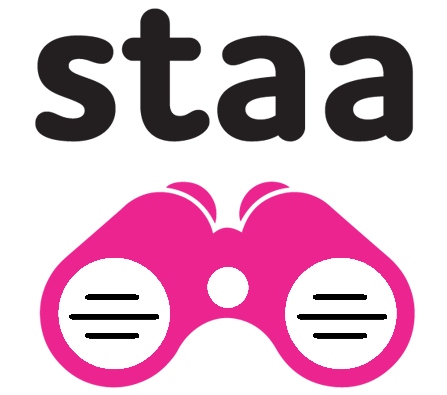

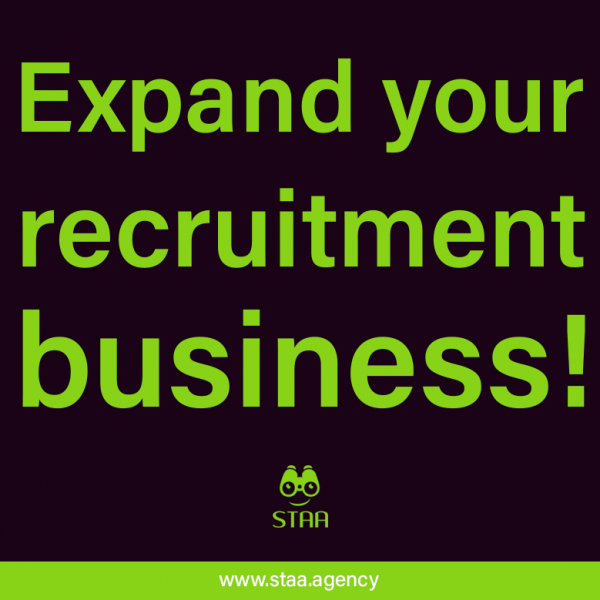

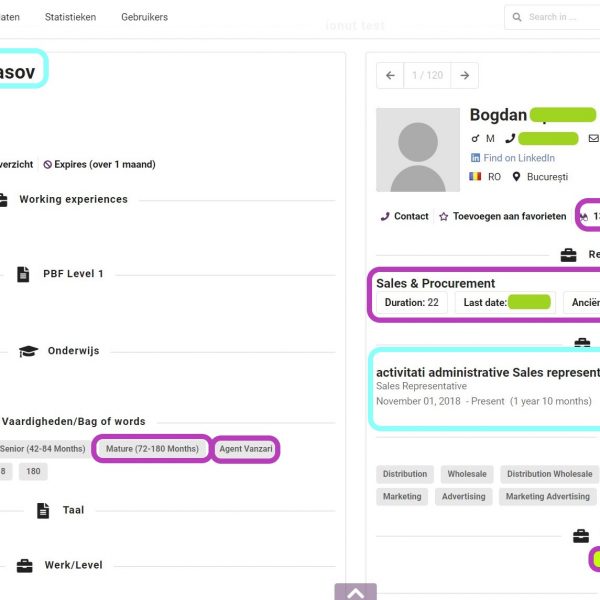



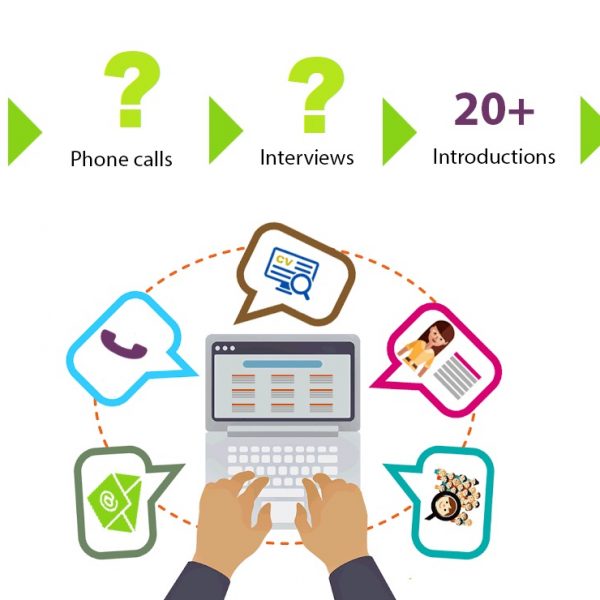
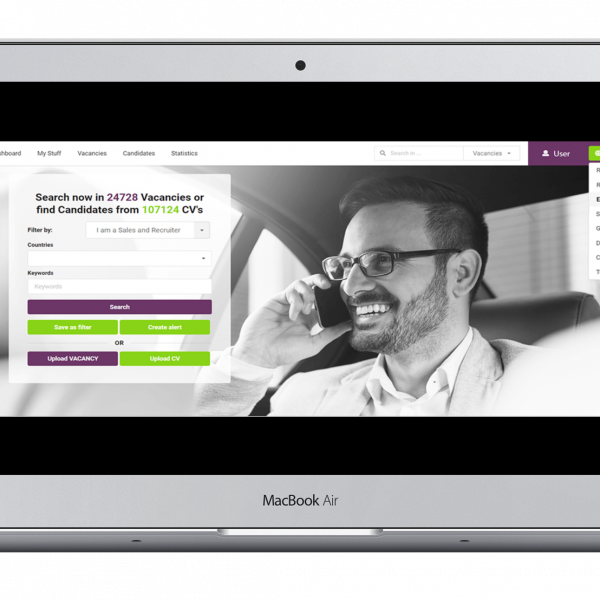


Najnoviji komentari